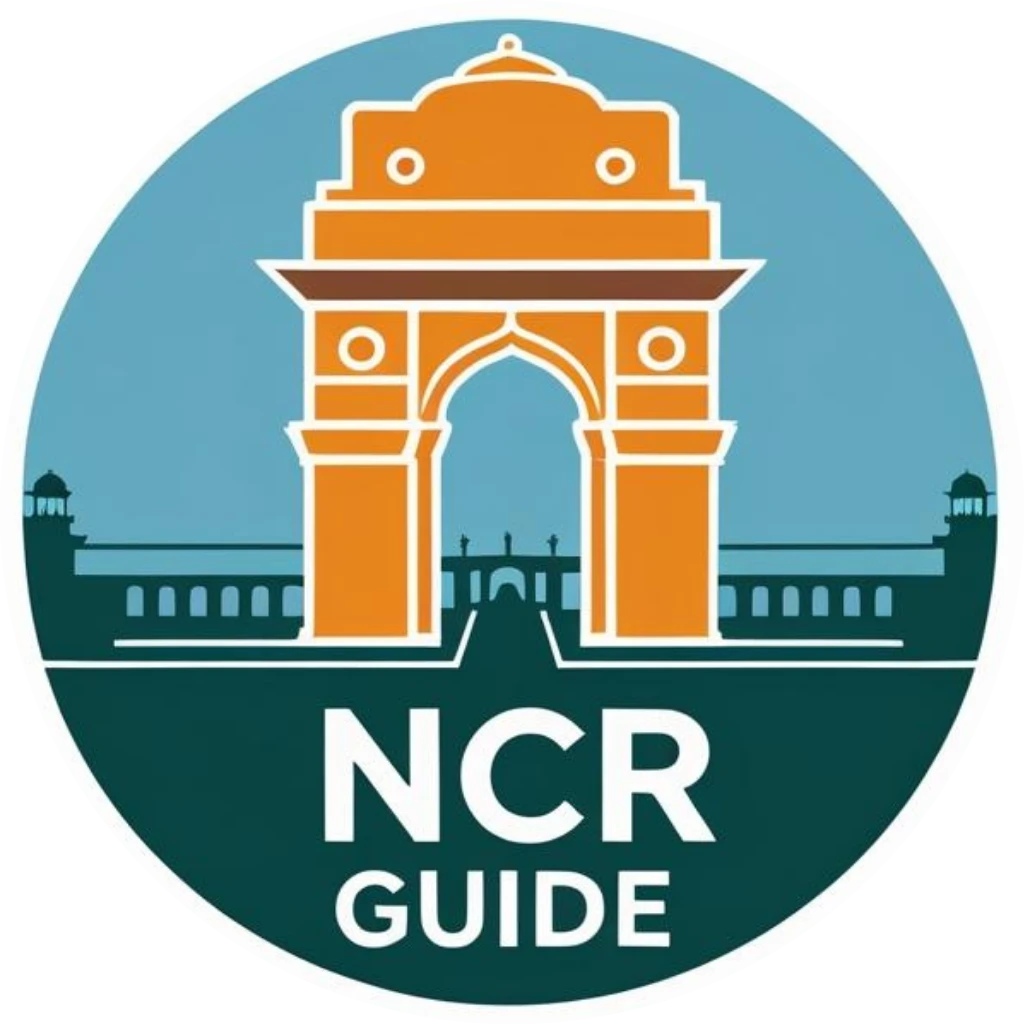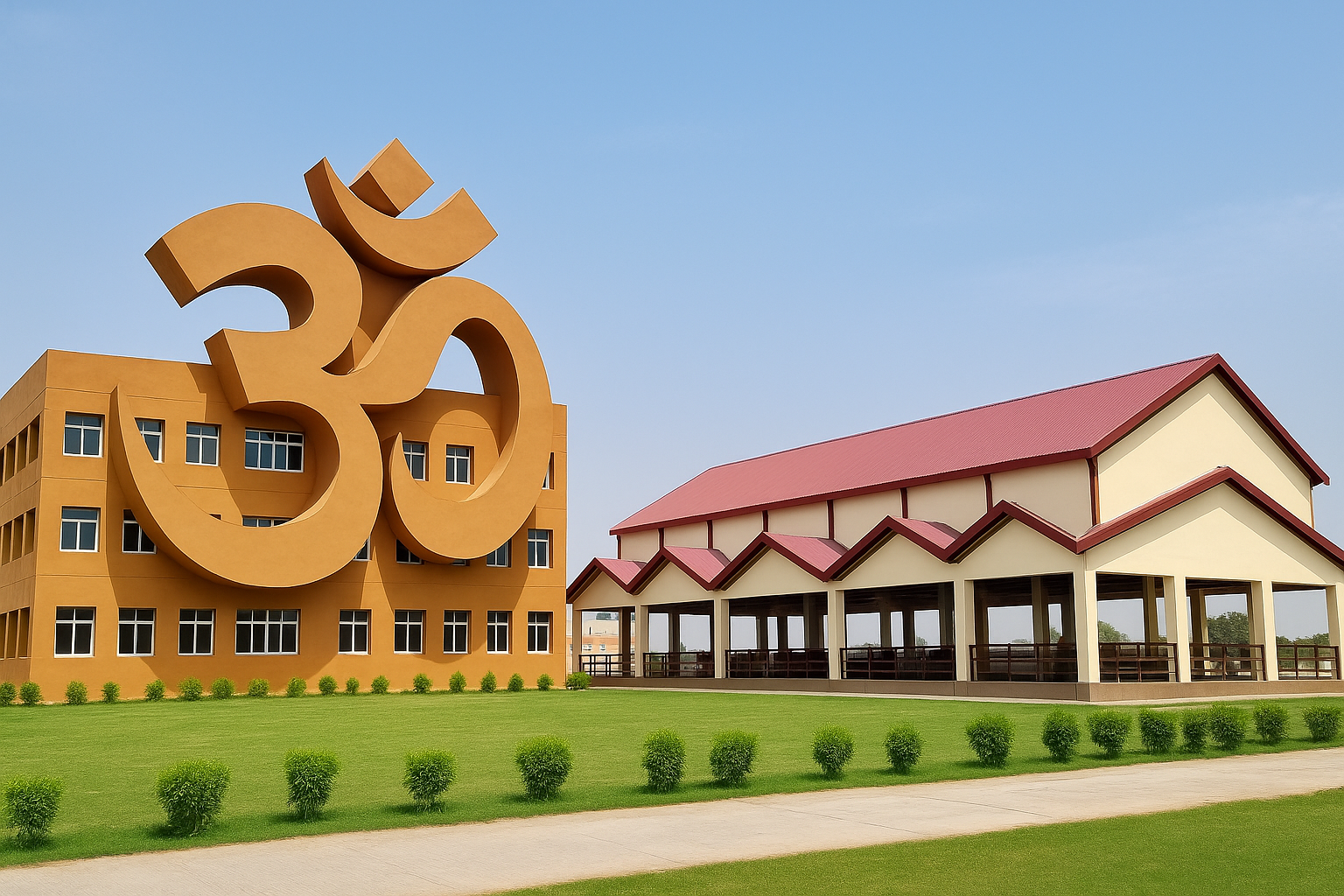Om-Shaped School and Large Cow Shelter Coming to Najafgarh
The Delhi government has unveiled ambitious plans for a unique development project in Ghumanhera village, Najafgarh, which includes the construction of the city’s first Om-shaped smart school and one of the country’s largest cow shelters. This project aims to blend modern infrastructure with India’s rich cultural heritage, creating landmarks that serve both educational and socio-environmental purposes.
The Om-Shaped Smart School: A Symbol of Heritage and Modern Learning
Spanning approximately 19,380 square meters, the Om-shaped school will cater to students from Nursery through Class 5 under the Municipal Corporation of Delhi (MCD). The school is designed around the sacred Hindu symbol “Om,” embodying peace, knowledge, and spiritual harmony. This architectural design sets it apart from conventional educational buildings and promotes a sense of cultural identity from an early age.
The school will be equipped with six smart classrooms featuring digital learning tools, a well-stocked library, a computer laboratory, and a multi-purpose activity hall. Additionally, landscaped gardens and open recreational spaces will provide students a conducive environment for holistic growth.
Parvesh Sahib Singh, Delhi’s Public Works Department (PWD) Minister, emphasized the vision behind the project:
“This school is not just a building; it’s a temple of learning that reflects India’s civilizational values. Designing it in the shape of Om embeds harmony and heritage into the core of education.”
With an estimated budget of ₹6 crore, the school aims to be a pilot model for future educational institutions that balance tradition with technology.
A Modern Cow Shelter Promoting Welfare and Sustainability
Adjacent to the school project, a sprawling cow shelter is being developed on a 20-acre site in Ghumanhera village. Estimated to cost ₹47 crore, this facility is planned to house over 5,000 cows and incorporate state-of-the-art features such as automated fodder distribution, solar power installations, rainwater harvesting systems, and a veterinary clinic.
Minister Singh elaborated on the shelter’s broader purpose:
“This is not just a shelter, but a high-tech center fostering gau-based rural entrepreneurship. It will promote organic farming, self-reliance, and generate employment in the area.”
The shelter will also feature zones dedicated to cow-based industries and sustainable agriculture. It is expected to create numerous local jobs ranging from animal care and maintenance to skills training in organic farming and renewable energy applications.
Impact on Najafgarh and the Larger Delhi Region
Najafgarh, traditionally underserved in terms of urban infrastructure despite its proximity to central Delhi, is poised for a transformation through these projects. The Om-shaped school will enhance educational access with a culturally rooted curriculum, while the cow shelter will contribute to rural development and environmental sustainability.
Local residents and parents have expressed optimism about these initiatives. The school, with its smart classrooms and peaceful design, promises a fresh approach to early education. Meanwhile, the cow shelter addresses social and environmental concerns while fostering economic opportunity.
What to Expect Next?
Construction timelines and operational details are expected to be released soon. The Delhi government aims to complete both projects efficiently, ensuring they set new benchmarks for integrating culture, technology, and sustainability in urban planning.
This dual project not only preserves India’s heritage but also demonstrates Delhi’s commitment to inclusive growth, innovation, and ecological responsibility. As Najafgarh’s skyline changes, these institutions could become iconic symbols of a future where tradition and modernity coexist harmoniously.
Frequently Asked Questions (FAQs)
Q1: What grades will the Om-shaped school cater to?
The school will serve students from Nursery to Class 5.
Q2: Why is the school designed in the shape of Om?
The design symbolizes peace, knowledge, and cultural heritage, embedding these values into the educational environment.
Q3: How many cows will the new shelter accommodate?
The cow shelter will house over 5,000 cows and includes advanced facilities for animal welfare.
Q4: What are the expected benefits of the cow shelter?
Besides animal care, it aims to promote organic farming, renewable energy use, rural entrepreneurship, and employment opportunities.
Q5: When will these projects be completed?
The Delhi government has not announced specific completion dates yet but is expected to share timelines soon.
Q6: How will these projects impact the Najafgarh community?
They will improve educational infrastructure, generate local employment, enhance cultural pride, and promote sustainable rural development.

